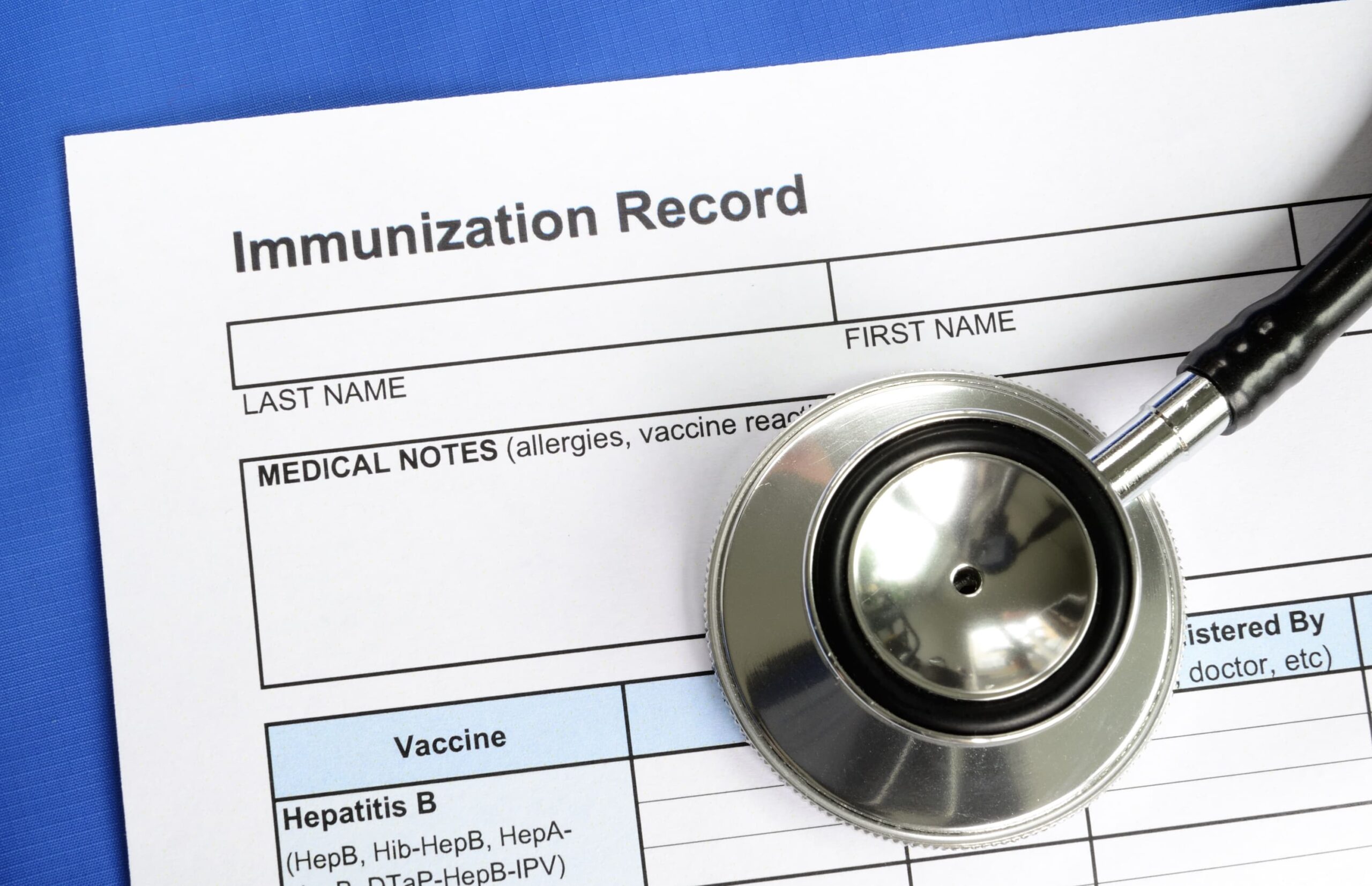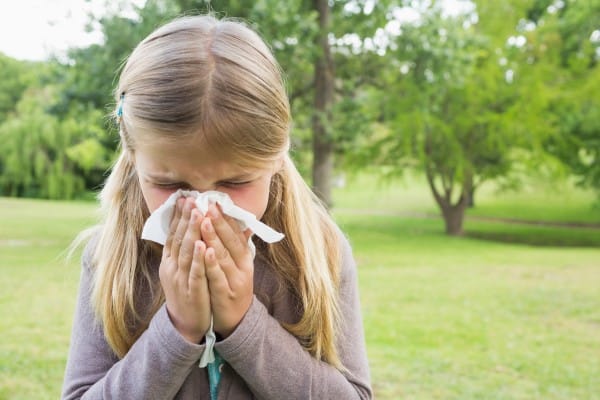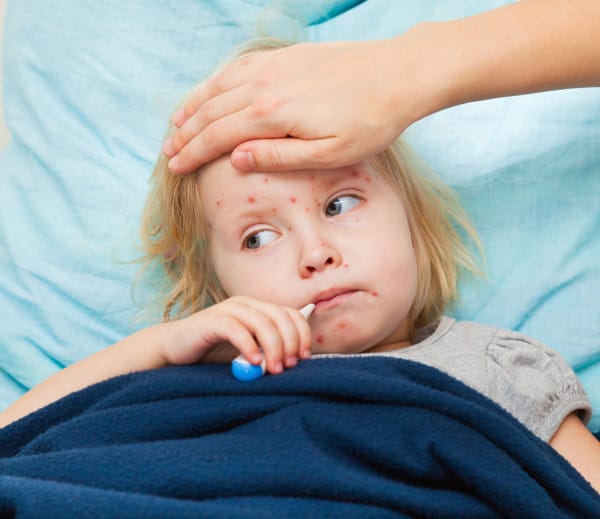Mastitis is a common condition affecting approximately one in four breastfeeding women during the first 26 weeks postpartum (1). It can be painful and concerning, but with the right knowledge and care, mastitis can often be managed at home. In this article, you’ll learn about the causes, symptoms, and prevention of mastitis. I’ll also share some home remedies and when to seek medical attention.
What Is Mastitis?
Mastitis is an inflammation of the breast tissue that usually occurs during lactation. This inflammation can include an infection or eventually lead to an infection. Although much less common, mastitis can also affect non-lactating women and men (2). In this article, however, we’ll focus on mastitis during lactation.
What Causes Mastitis?
Mastitis is usually triggered by factors related to lactation. One of the most common underlying causes is milk stasis, which occurs when milk is not effectively drained from the breast during breastfeeding. This can result from issues such as improper latching, infrequent feeding, or an oversupply of milk. Additionally, cracked or damaged nipples can create entry points for bacteria, increasing the risk of infection. Pressure on the breasts, tight-fitting clothing, or even wearing an ill-fitting bra can also contribute to mastitis. Stress, fatigue, and a weakened immune system may further increase susceptibility to this painful condition (3).
One of the most common underlying causes is milk stasis, which occurs when milk is not effectively drained from the breast during breastfeeding. This can result from issues such as improper latching, infrequent feeding, or an oversupply of milk. Additionally, cracked or damaged nipples can create entry points for bacteria, increasing the risk of infection. Pressure on the breasts, tight-fitting clothing, or even wearing an ill-fitting bra can also contribute to mastitis. Stress, fatigue, and a weakened immune system may further increase susceptibility to this painful condition (3).
Signs & Symptoms
Mastitis can manifest with various symptoms, and it’s crucial to recognize them early to initiate prompt care.
Common signs of mastitis:
- Breast Pain: Pain and tenderness in the breast, often localized to a specific area.
- Redness and Swelling: The affected breast may appear red, swollen, and warm to the touch.
- Flu-Like Symptoms: Some women experience flu-like symptoms, including fever, chills, and fatigue.
- Painful Lumps: Painful lumps or knots in the breast.
- Nipple Issues: Cracked or damaged nipples may accompany mastitis.
- Fever: A fever over 101°F (38.3°C) is a concerning sign and should be addressed promptly by a medical professional.
When Should Mastitis Be Treated By A Doctor?
Oftentimes, mastitis can be treated at home, but it is important to be aware of the signs that medical attention is needed before attempting to do so.
Signs it’s time to see a doctor:
- Fever over 101° F (38.3° C)
- Chills and other flu-like symptoms
- Red, swollen breast(s); may be hot to the touch and painful
- Red streaks from areola to underarm
- Pus or blood in breast milk
- Infected-looking nipples
- Symptoms do not improve with home care after 24-48 hours
Home Remedies
In the absence of the above warning signs, mastitis usually responds very well to some basic care that can be done at home.
 Rest: Rest is essential for recovery! This is a time to ask for help with older kids and housework so you and baby can rest together.
Rest: Rest is essential for recovery! This is a time to ask for help with older kids and housework so you and baby can rest together.- Hydration: Lactation significantly increases our hydration requirements, making it easy to get dehydrated. Click here for my favorite electrolyte drink recipe.
- Continued Breastfeeding: Continue frequent breastfeeding from both breasts and experiment with different feeding positions to ensure proper drainage. Many moms see success with ‘dangle feeding.’ This is done by laying baby down and carefully positioning yourself over your baby while they feed, allowing gravity to aid in draining the affected breast thoroughly.
- Massage: Gentle massage can be really helpful! Work from the outside of your breast towards your nipple. Many mamas swear by using an electric toothbrush to gently stimulate blood flow. Massage can be done in the bath or shower for added benefit, or even while nursing or pumping.
- Hot/Cold Compresses: Heat helps with comfort and can help milk flow, assisting with clog resolution, whereas cold soothes inflammation.You can alternate or choose whichever feels right to you!
- Cabbage Leaves: This is not just an old-wives tale! Research shows that cabbage leaf treatment used on women with breast engorgement reduces pain and the hardness of the engorged breasts as well as increases the duration of breastfeeding (4).
- The Haakaa Trick: This involves filling a haakaa breast pump with a warm epsom salt solution, suctioning it onto the breast, and leaving it there for several minutes. This technique is shared frequently on social media and while there have not been studies conducted to test its effectiveness, there is plenty of anecdotal evidence in support of it.
- Over-The-Counter Painkiller: If pain hinders breastfeeding, consult your healthcare provider about using an over-the-counter painkiller like acetaminophen or ibuprofen.
Some mothers report noticing a dip in their breastmilk supply in the affected breast after developing mastitis. With continued frequent feeding, this usually sorts itself out within a few days.
For more ways to increase breastmilk supply, read: 12 Ways To Increase Breastmilk Production – Dr Green Mom
Can Mastitis Be Prevented?
Certain proactive steps can be taken to reduce the risk of mastitis. Working with a lactation consultant to ensure a proper latch during breastfeeding and maintaining a feeding schedule that allows for frequent emptying of the breasts can help prevent milk stasis, a significant contributor to mastitis.
Additionally, it is recommended to address any nipple cracks or damage promptly, to minimize the risk of infection. Avoid tight-fitting bras or clothing that can compress the breasts. Staying well-hydrated, managing stress, and getting ample rest are vital factors in supporting a strong immune system and overall breast health – all things that are not always easy during the early days of breastfeeding, I know! Ask for help when you need it, mamas!
Many mothers choose to take probiotics to support a healthy breast microbiome, and there is some evidence that this does indeed provide a therapeutic benefit (5). Additionally, lactation-safe* herbs like echinacea, ginger, and elderberry could help support a healthy immune response at the first signs of tenderness.
*Most herbalists consider elderberry, ginger, and echinacea to be safe during lactation, and in my practice, I generally consider them safe as well. Please note that professional opinions vary. Always speak to your physician.
For more on elderberry use during pregnancy and lactation, read: Is It Safe To Take Elderberry Syrup While Pregnant Or Breastfeeding? – Dr. Green Mom
Summary
Mastitis is a common and treatable condition that can occur during lactation. With the right care and attention, most cases of mastitis can be managed effectively at home. Home remedies for mastitis can be effective; however, it’s imperative to know the warning signs of when to seek medical attention. Nursing mamas, please remember to rest, hydrate, and care for your immune system during this exceptionally demanding phase of motherhood.
References:
- Wilson, E., Woodd, S. L., & Benova, L. (2020). Incidence of and Risk Factors for Lactational Mastitis: A Systematic Review. Journal of human lactation : official journal of International Lactation Consultant Association, 36(4), 673–686. https://doi.org/10.1177/0890334420907898
- Mayo Clinic. (2018). Mastitis – Symptoms and causes. Mayo Clinic. https://www.mayoclinic.org/diseases-conditions/mastitis/symptoms-causes/syc-20374829
- Dagla, M., Dagla, C., Mrvoljak-Theodoropoulou, I., Sotiropoulou, D., Kavakou, A. T., Kontiza, E., & Antoniou, E. (2021). Do Maternal Stress and Depressive Symptoms in Perinatal Period Predict the Lactation Mastitis Occurrence? A Retrospective Longitudinal Study in Greek Women. Diagnostics (Basel, Switzerland), 11(9), 1524. https://doi.org/10.3390/diagnostics11091524
- Boi, B., Koh, S., & Gail, D. (2012). The effectiveness of cabbage leaf application (treatment) on pain and hardness in breast engorgement and its effect on the duration of breastfeeding. JBI library of systematic reviews, 10(20), 1185–1213. https://doi.org/10.11124/01938924-201210200-00001
- Yu, Q., Xu, C., Wang, M., Zhu, J., Yu, L., Yang, Z., Liu, S., & Gao, X. (2022). The preventive and therapeutic effects of probiotics on mastitis: A systematic review and meta-analysis. PloS one, 17(9), e0274467. https://doi.org/10.1371/journal.pone.0274467







